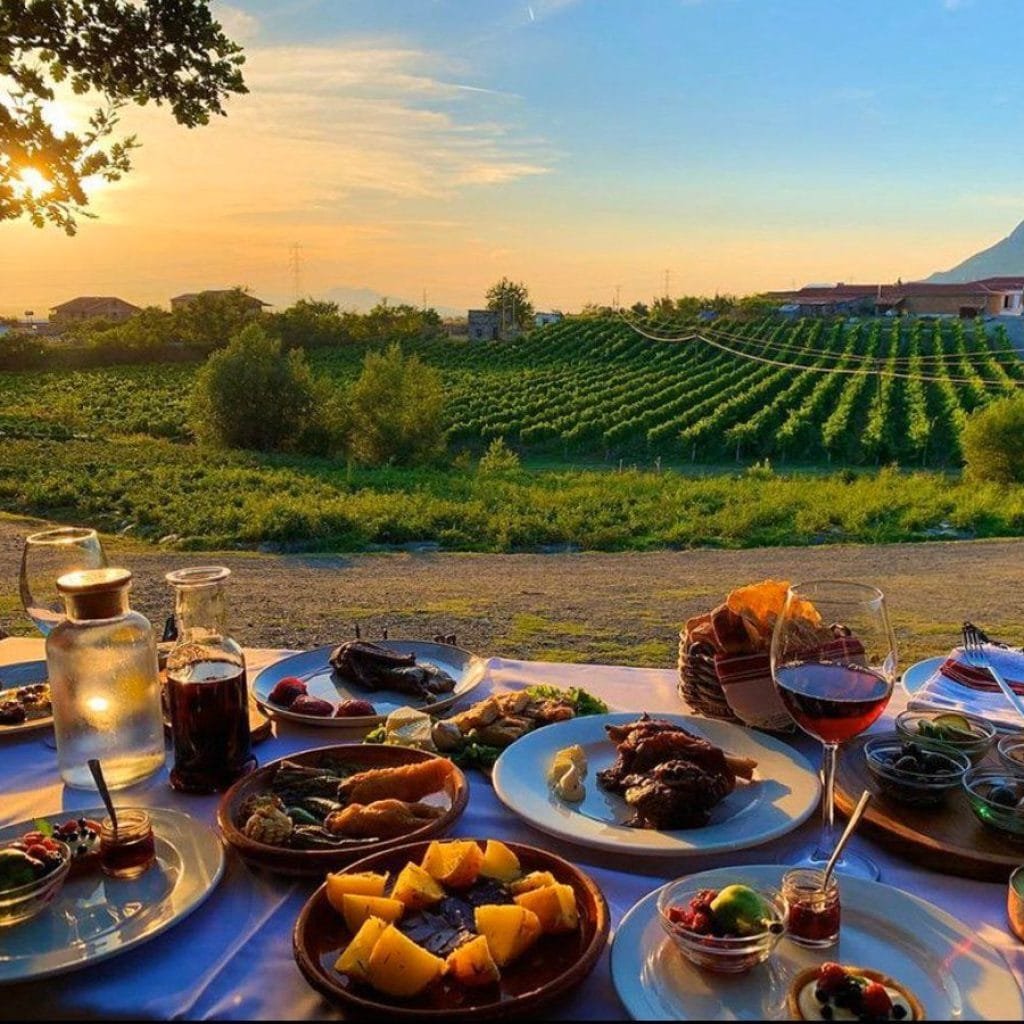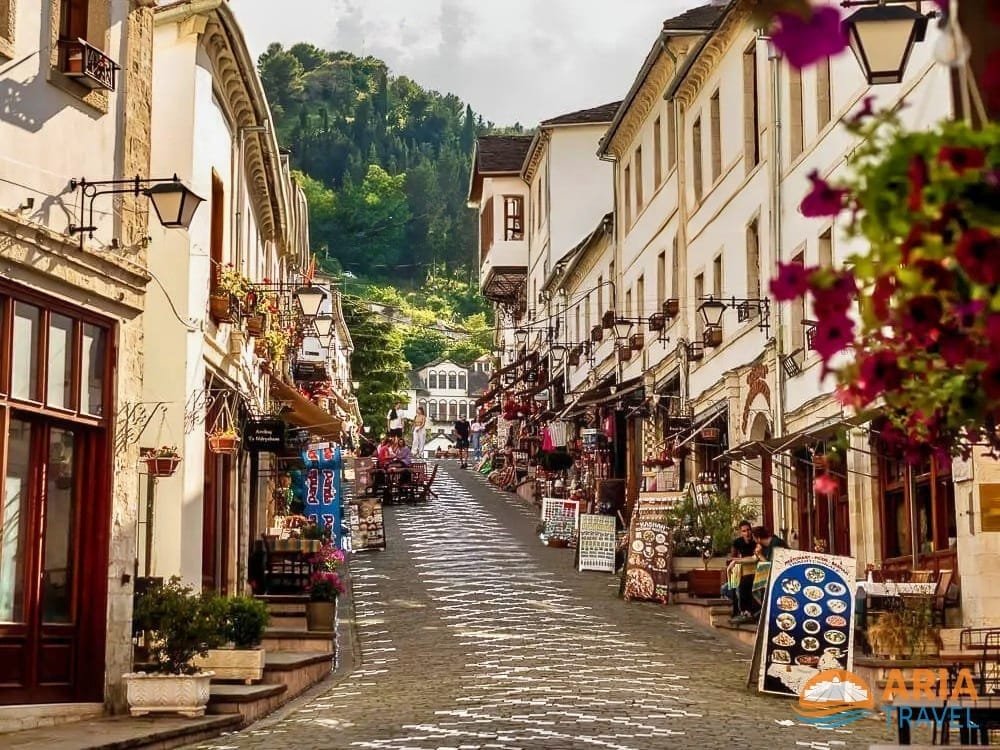A Journey Through Time: Understanding the Past, Embracing the Present
Exploring Albania’s Ottoman heritage is not just about appreciating historical landmarks and traditions; it’s about understanding the complex tapestry of the country’s past. By delving into this period, you gain a deeper appreciation for the cultural influences that shaped modern Albania and the unique blend of traditions that continues to define its identity. So, pack your curiosity and embark on a journey through time, uncovering the rich legacy of the Ottoman Empire in Albania.
Cultural Experiences: Explore Albania’s Ottoman Heritage
Albania, nestled in the heart of the Balkan Peninsula, boasts a rich tapestry of history woven from diverse cultural threads. Among these, the Ottoman period, spanning nearly five centuries, left an indelible mark on the country’s architecture, cuisine, traditions, and even language. If you’re seeking a cultural immersion that goes beyond the surface, exploring Albania’s Ottoman heritage offers a fascinating journey through time.
A Legacy Etched in Stone: Mosques and Ottoman Architecture
Step into the heart of any major Albanian city, and you’ll be greeted by the imposing presence of Ottoman-era mosques. These architectural marvels, with their soaring minarets and ornate domes, stand as testaments to a bygone era. Explore the Et’hem Bey Mosque in Tirana, renowned for its vibrant frescoes and intricate calligraphy. In Berat, marvel at the Lead Mosque, boasting a unique lead-domed roof. Gjirokaster’s Mosque of Bazaar, with its distinctive clock tower, offers a glimpse into the city’s Ottoman past.




Beyond the Mosques: Unveiling Hidden Gems
While mosques serve as the most prominent visual reminder of the Ottoman influence, hidden gems abound across Albania. Explore the historic Ottoman bridges, like the Ad Bridge in Berat, a masterpiece of engineering and artistry. Discover traditional Ottoman houses, with their distinctive wooden balconies and overhanging upper floors, in Gjirokaster and Berat. Wander through the bustling Old Bazaars, remnants of the Ottoman trade network, still teeming with life and local shops selling traditional crafts and souvenirs.
A Fusion of Flavors: Culinary Delights with Ottoman Echoes
The influence of the Ottoman Empire extends beyond architecture and into the culinary realm. Sample “byrek,” a flaky pastry filled with savory ingredients, a staple in both Turkish and Albanian cuisine. Savor “tavë kosi,” a lamb stew baked with yogurt, a dish reflecting the Ottoman influence on using yogurt in savory dishes. Don’t miss “turshi,” pickled vegetables, a common side dish present in both cultures.
Beyond the Tangible: A Legacy in Traditions
The Ottoman presence continues to resonate in Albanian traditions. Witness the traditional “halay” dance, performed at weddings and celebrations, reminiscent of Turkish folk dances. Listen to Albanian folk music, often featuring instruments like the “çifteli,” a small, double-necked lute with origins in the Ottoman Empire. Even the Albanian language retains loanwords from Turkish, reflecting the cultural exchange during the Ottoman period.


0 Comment